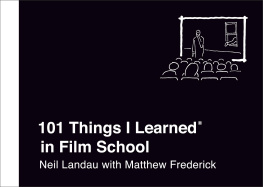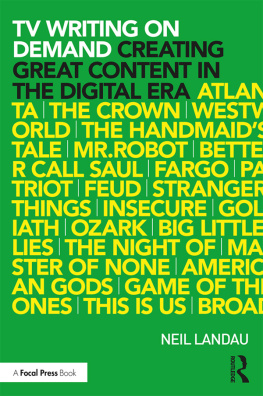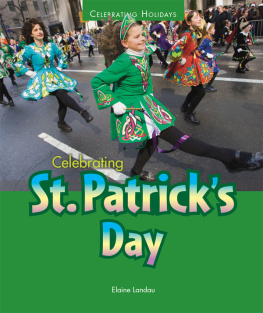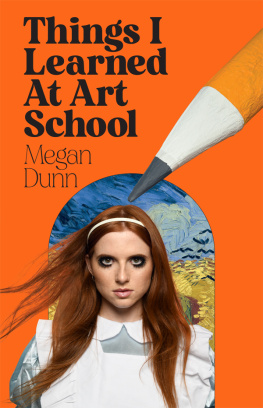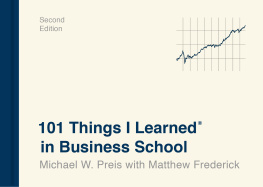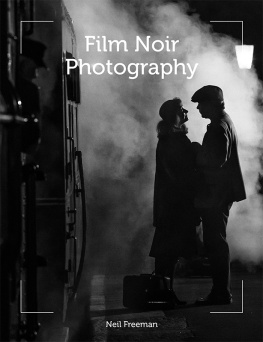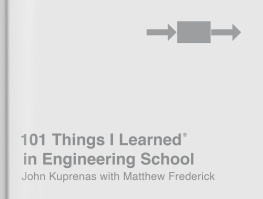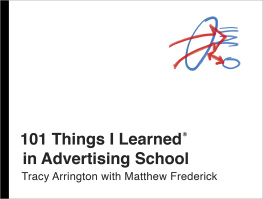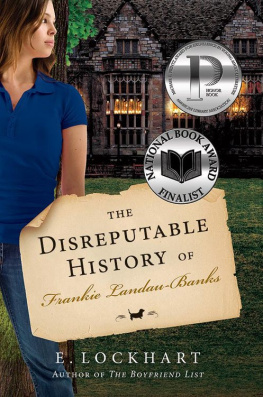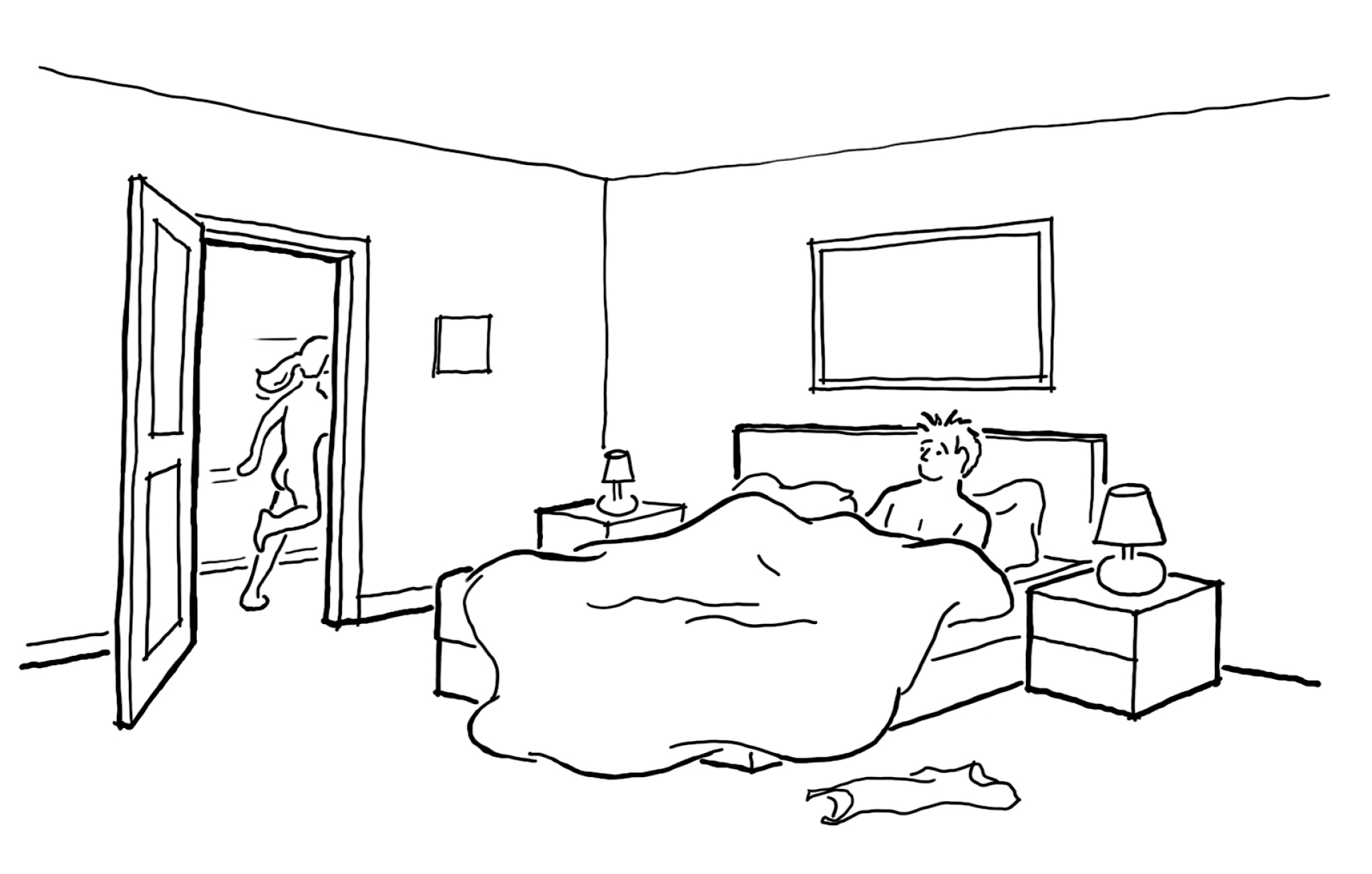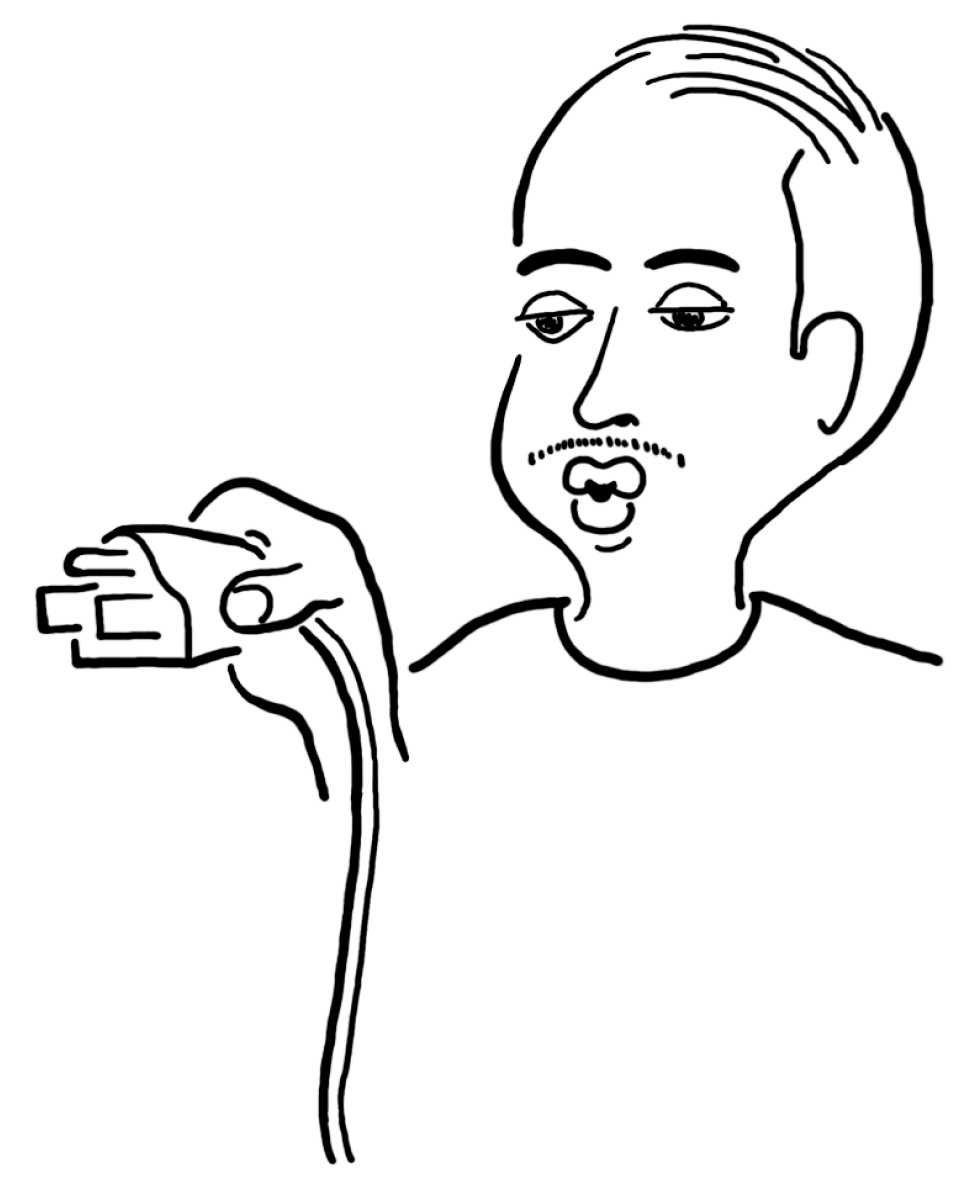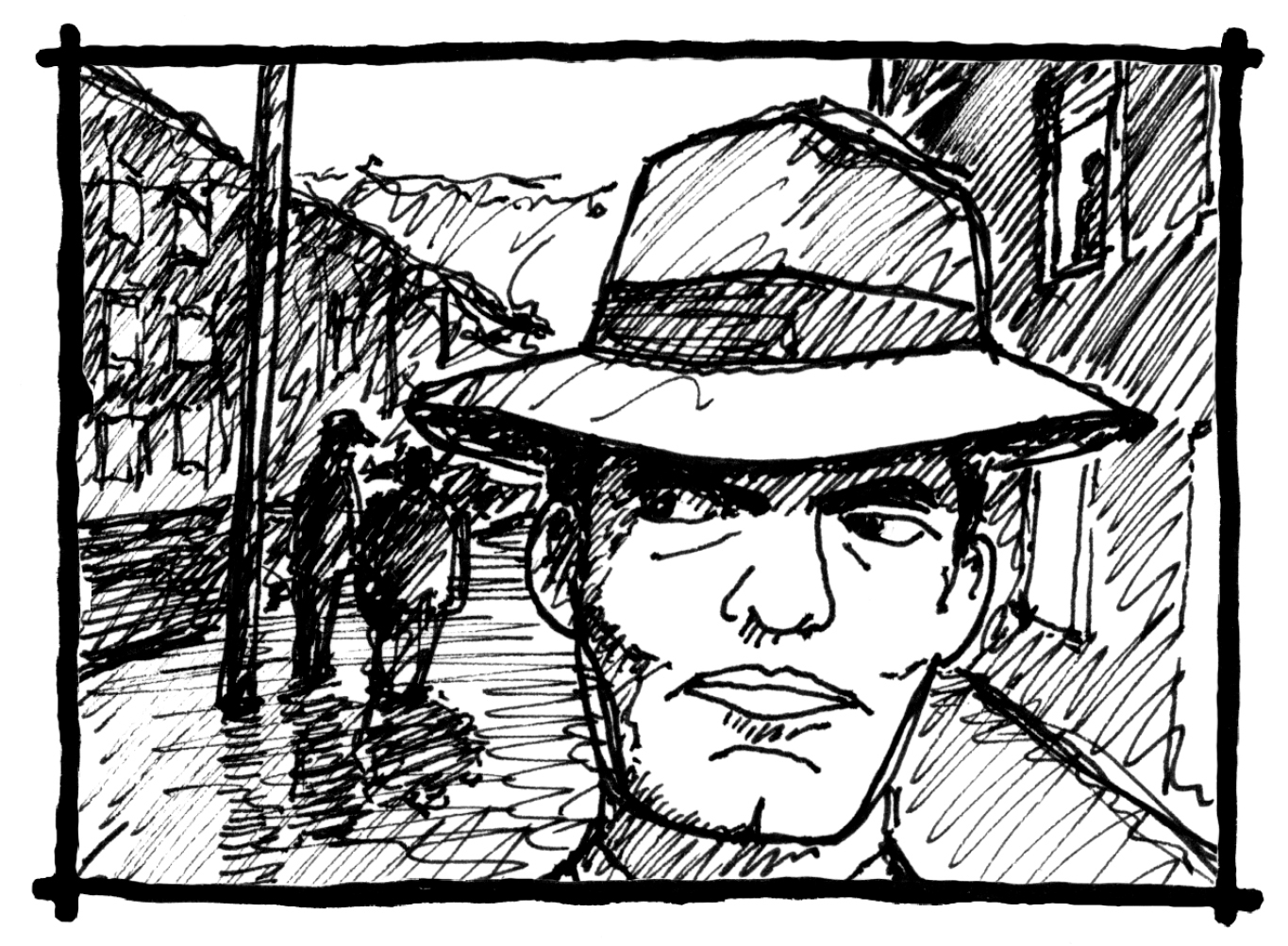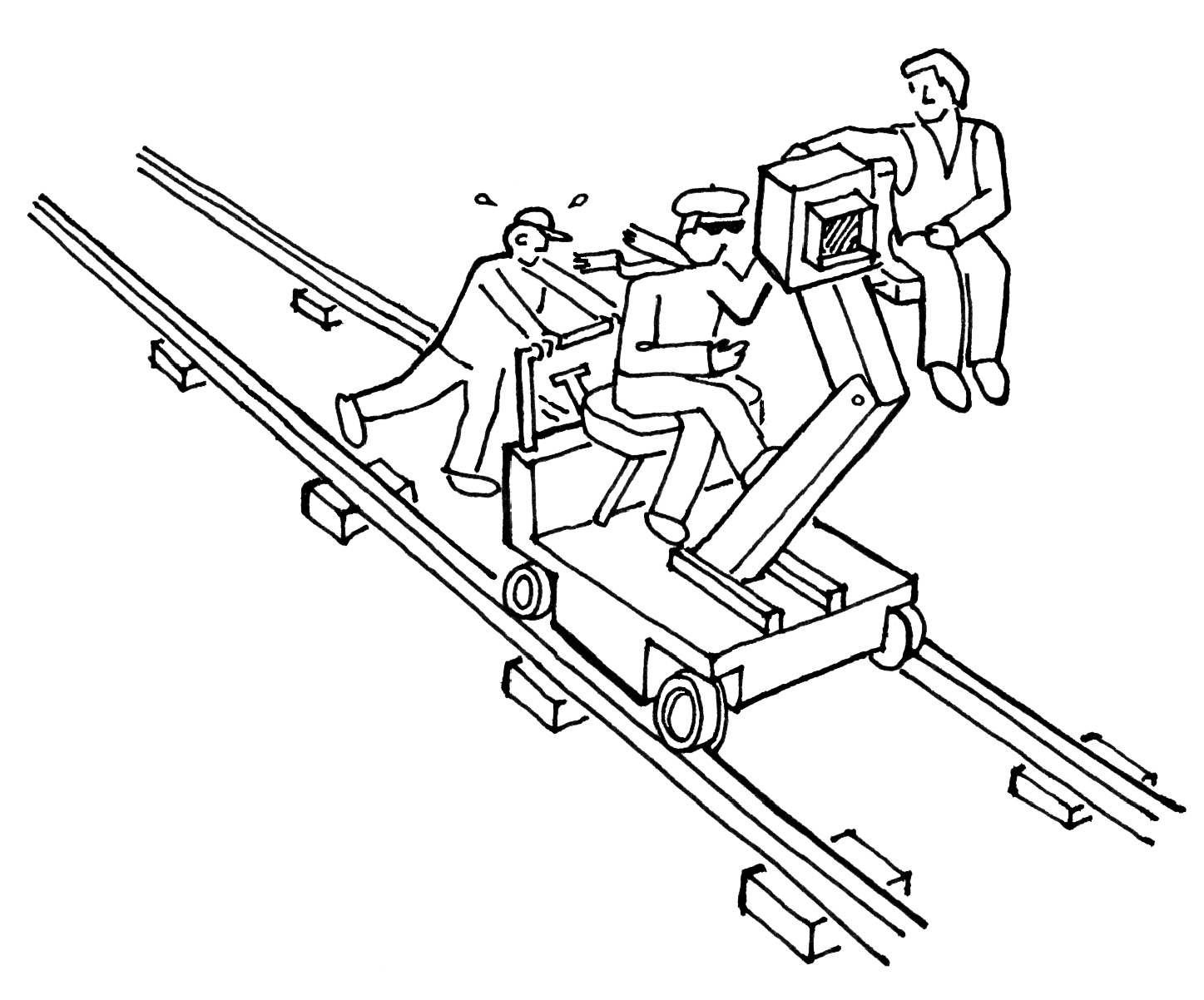Contents
Landmarks
Print Page List
Have some showstoppers.
Successful mainstream movies always include several memorable high points, or set pieces. These are heightened visual scenes, snippets of which are typically shown in promotional trailers. In a comedy, the set pieces are usually the funniest jokes or squirmiest gags. In action-adventure films, they might show the boldest special effects, chase scenes, or fight sequences. In a horror movie, the set pieces are those that force viewers to cover their eyes.
Dig deeper.
Good movies are often, or even usually, about simple things explored with depth, nuance, and attention to detail and meaning. Resist the urge to clutter a film with more and more plot events, hidden agendas, shoot-em-ups, illicit acts, and quirky characters that dont augment the central narrative. Instead, dig deeper into the murky gray areas of the events, themes, and emotions already present in the story. Do fewer things, but do them better.
A good title says what a movie is.
An effective title conveys what a movie is really about: its central story, the protagonists quest, the setting, theme, genreand sometimes all these things.
Strong titles often consist of one or two words that explain a lot (Speed, Jaws), evoke setting (Wall Street,Fargo), or suggest danger (Lethal Weapon, Panic Room). They can provoke intrigue (The Silence of the Lambs,The Curious Case of Benjamin Button), a sense of risk (Dressed to Kill,Indecent Proposal), mystery (What Lies Beneath,Suspicion), or humor (The 40-Year-Old Virgin,Ace Ventura: Pet Detective). Some are just plain catchy (Lock, Stock and Two Smoking Barrels) or punny (The Santa Clause, Legally Blonde).
After the climax, get out fast.
After reaching its climax, there are few places for a story to go that wont seem superfluous. Resolve the plot and primary subplots satisfyingly, but dont feel obligated to tie up every loose end. Leave the audience wanting more. A denouement that suggests how the characters end up may be more powerful than one that shows exactly how they end up. But when creating an ambiguous ending, have a clear point of view with which the viewer may agree or disagree.
Dialogue is not real speech.
Dialogue must sound authentic, but it needs to be much more colorful, compact, and on-point than natural speech. Real-life speech is full of asides, repetitions, and non sequiturs that, unless intended for a specific effect, can be tedious to listen to in a film. Effective dialogue propels the plot forward, informs on character, and is structured with a beginning, middle, and endeven when the dialogue begins in the middle of a scene.
Filmspeak
honeywagon: on a film set, the trailer housing the toilet rooms
craft services: the snack table
lunch: a meal served to the crew, regardless of the time of day
the day: the time of the shoot, as in, Well need a live alligator on the day.
show: any movie or TV project, e.g., We worked together on that show.
gimme some love: Get me electrical power.
key grip: the head stagehand or rigger on a set
best boy: the second most important grip
gaffer: a lighting technician
check the gate: an instruction to the camera operator to make sure there arent any slivers of celluloid (hairs) caught in the opening of the camera. If theres a hair in the gate, the footage will need to be reshot.
Abby Singer: the next to last shot of the day
Martini: the last shot of the day
In film noir, everyone is corrupt.
Film noir is a subgenre of the crime/drama/mystery genre. It features opportunistic, morally bankrupt characters full of despair. They act only in self-interest; altruism and playing by the rules are for suckers. There is little hope for these characters, little or no chance for redemption or a happy ending.
Burn your characters bridges.
Its almost always stronger dramatically to prevent your characters from returning comfortably to their ordinary worlds. Limit their options so they remain trapped in the central dilemma, and their only course is to keep forging into the unknown.
Set the clock ticking.
Give your protagonist a deadline to achieve his or her goal. The deadline can be metaphorical: a general sense that the goal must be attained or else. But often the clock can be quite literal and evident to the audience.
My Best Friends Wedding: Can the grooms best friend stop the ceremony before its too late?
The Fugitive: Can the convicted but innocent hero find his wifes real killer before being apprehended and sent back to prison?
Panic Room: A mother hides her daughter from murderous thieves, but her daughter is a diabetic in urgent need of insulin.
When Harry Met Sally... : Its New Years Eve and Harry must find Sally and declare his love for her before midnight, or risk losing her forever.
Mise-en-scne
French for whats put into the scene, mise-en-scne is the sum of factors affecting the visual aesthetic or feel of a shot, scene, or movie. It includes the interplay of objects, characters, color, depth, shadow, light, shot selection, composition, production design, set decoration, and even the type of film used.
Follow the action.
The camera is the eyes of the audience. Audiences usually want to be as close as possible to the action and not feel like theyre observing from the cheap seats. Place, move, and zoom the camera as needed to give them an optimal view.
Film is a directors medium; television is a writers medium.
A movie is a one-of-a-kind undertaking: The production team and actors come together for several weeks or months to create a unique world that disappears upon the completion of filming. A strong director is essential in defining this worldfrom its artistic details to its broad nuances, script approval to casting, set design to special effects, and lighting and equipment to the overall visual style.

